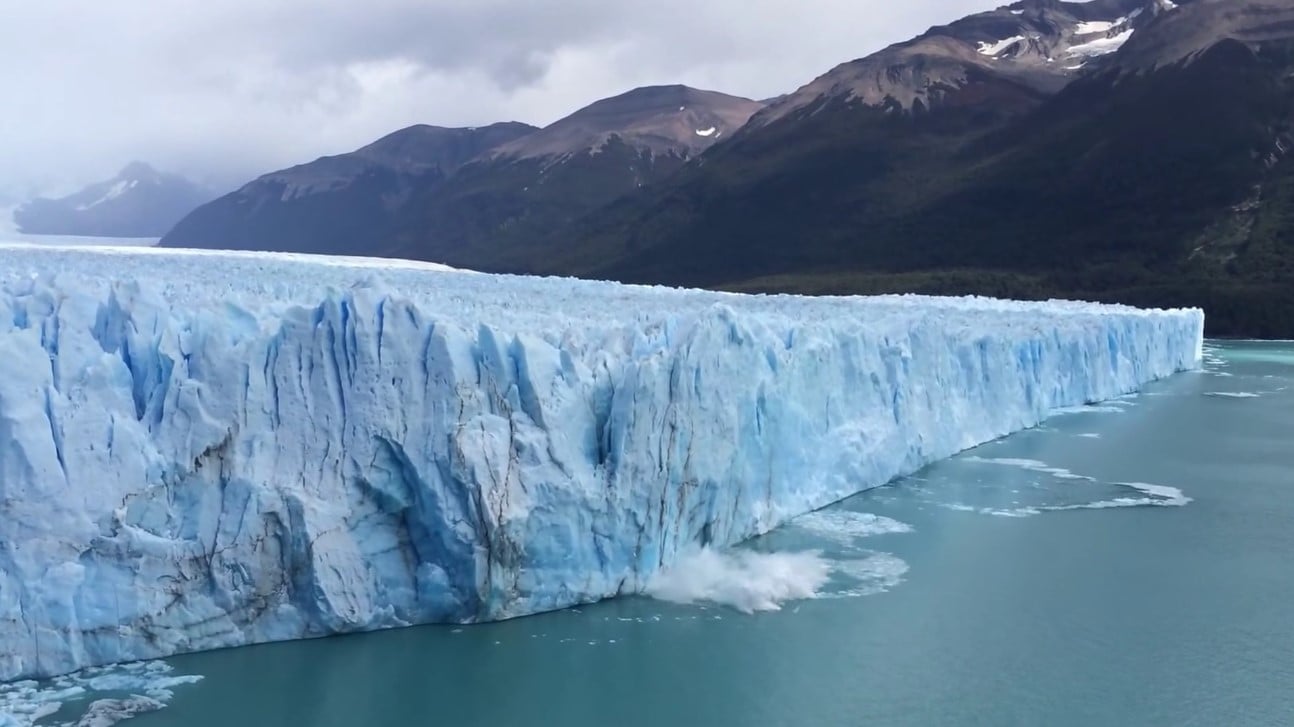It’s no secret that the ice from the glaciers on Antarctica are melting due to the increased climate changes around the world. However, a study suggests that the warmer waters in Antarctica coming from the Pacific Ocean are due to the presence of a strong El Nino. The study behind this discovery was funded by NASA and the Space Science Fellowship and it unveils the fate of ice shelves on the Antarctic due to oceanic and atmospheric changes around the world.
The El Nino/Southern Oscillation (ENSO) phenomenon consists of two phases – El Nino, which is connected to above average temperatures around the tropical areas of the Pacific, and La Niña, associated with lower than average temperatures around the same area. The area which is affected by ENSO is large. It spreads around the world and affects Antarctica most in the area which is closer to the Pacific Ocean.
The study was led by Fernando Paolo, a postdoctoral scholar at NASA’s Jet Propulsion Laboratory, but was a PhD student at Scripps Institution of Oceanography at the University of California San Diego at the time that the study was conducted. Scientists discovered that during strong El Nino years, it caused “ice shelves in the Amundsen Sea sector of West Antarctica to gain mass at the surface and melt from below at the same time, losing up to five times more ice from basal melting than they gain from increased snowfall,” according to the statement published on Monday.
Thanks to satellite data on the height of the ice shelves, the researchers managed to conclude the reason behind damaged ice shelves on Antarctic. They took observations throughout 23 years between 1994 and 2017. The data revealed that the flow of warmer water toward the Antarctic and more snowfall over the Amundsen Sea sector are the result of a strong El Nino.
“The satellites measure the height of the ice shelves, not the mass, and what we saw at first is that during strong El Nino the height of the ice shelves actually increased. I was expecting to see an overall reduction in height as a consequence of mass loss, but it turns out that height increases,” Paolo said in a statement. “We found out that the ocean ends up winning in terms of mass. Changes in mass, rather than height, control how the ice shelves and associated glaciers flow into the ocean.”
The data which was analyzed through those 23 years reveals that ice shelves in the Amundsen Sea gathered more height from snowfall stacked up against the loss of surface underwater due to the warm waters which were flowing in. Still, the light snow has less water compared to the ice, which means that there is a mass loss which equals five times the snow gain.
The study has been titled “Response of Pacific-sector Antarctic ice shelves to the El Nino/Southern Oscillation,” and was published on Monday in the journal Nature Geoscience. Another recent study concerning climate change has been published and finds that the seafloor in some places in the world has been sinking due to the increased amount of water in the oceans.





